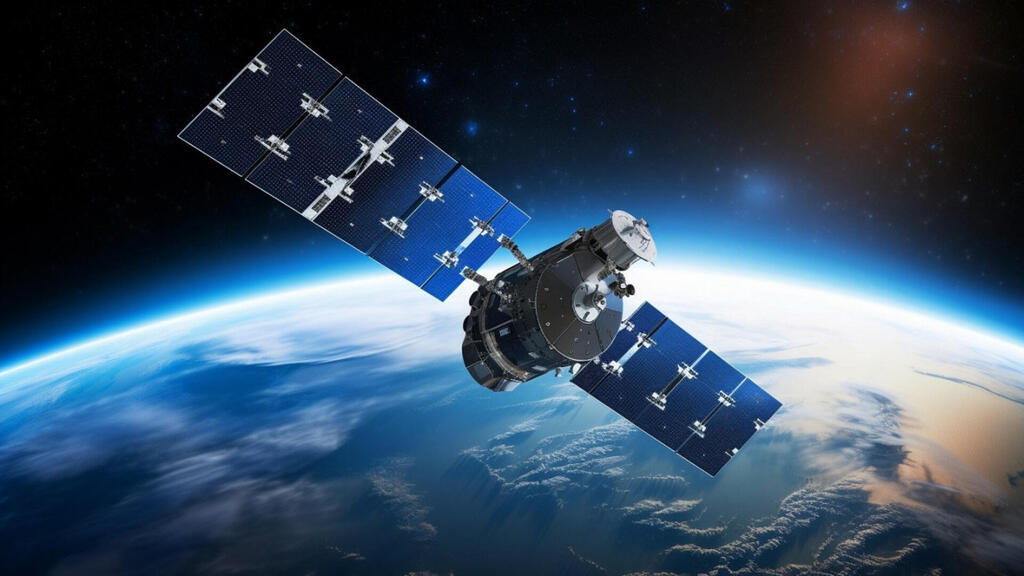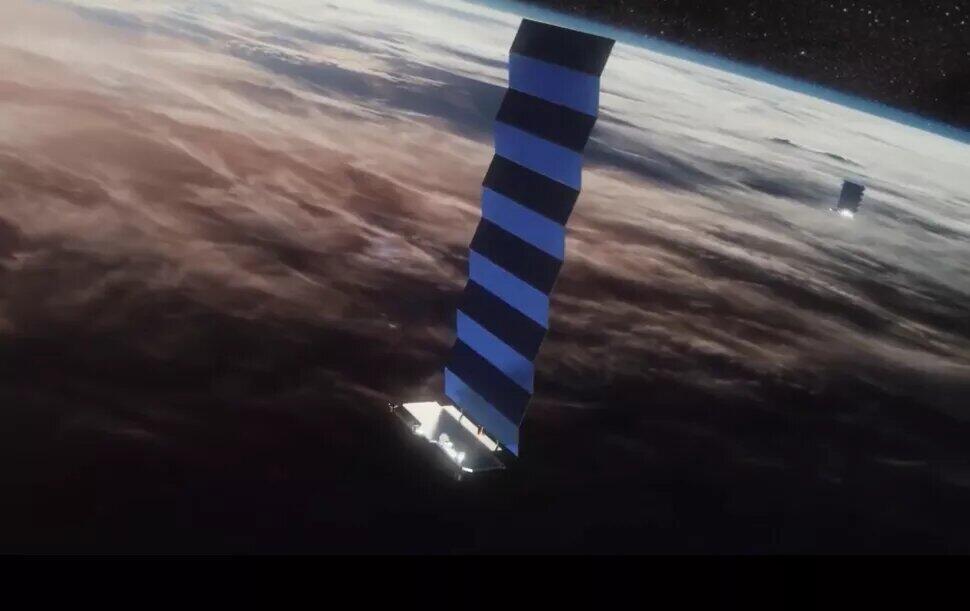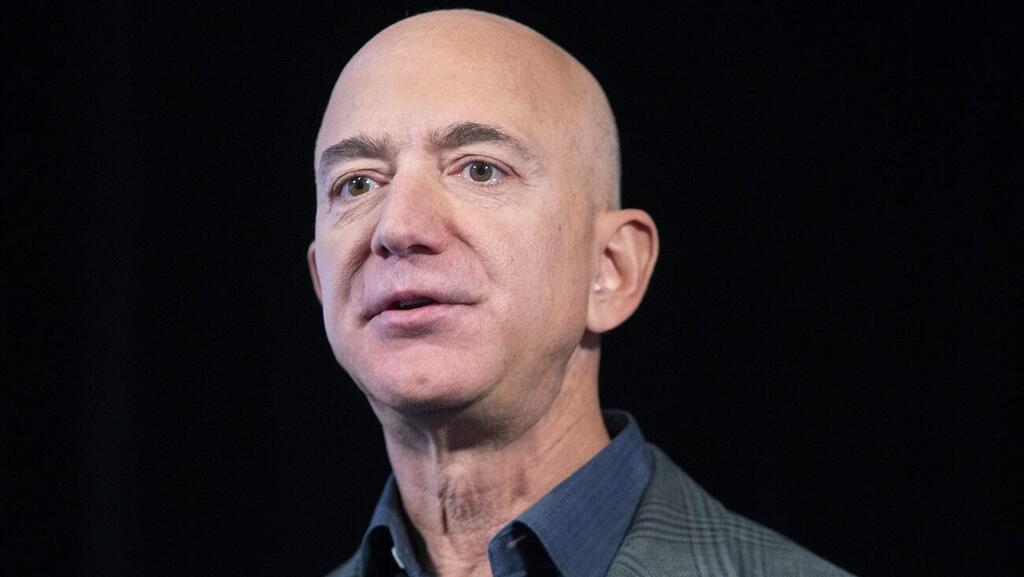It’s hard to gauge whether, and how many, lives could have been saved on October 7 if the cellular networks had worked properly that day. Following the electricity outage in the area, although a few cellular and communication systems that survived the attack did carry on operating thanks to nearby generators, even they died after only a few short hours.
More stories:
Security teams experienced difficulties communicating amongst themselves; operations rooms were cut off; and some residents hiding in saferooms lost contact with the outside world. Electric company personnel were denied entrance - even in bullet-proof vehicles - to the area that had become a battle zone.
Lessons have been learned, says Communications Ministry Director-General, Maimon Shamila: “We immediately understood that in the case of a large-scale attack, we must provide alternatives to local authorities, operations rooms, emergency hotlines, and military coordinators so that they’ll have constant communication with the outside world.”
In a quick move, the Communications Ministry purchased 450 satellite phone devices for communities along confrontation lines in the south, the north, and the West Bank for use in case of emergency. Satellite phones are not dependent on antennas on the ground, cables, or electric grids. For them to work, you just need to be beneath the sky.
Half of the devices – the entire stock that could be gleaned from the warehouses of the Gilat Telcom import company – were distributed last week to the Eshkol, Sha’ar Hanegev, Ashkelon Coast and Sdot Negev regional councils. The second half is due to arrive in the country mid-January.
Each local authority was given two devices, plus an additional device for the local military security coordinator. This aims to help key figures keep in touch and sustain operational capability even when communications are down.
“The events of October 7,” says deputy head of Sha’ar Hanegev Regional Council “have taught us quite how hard it is to operate when communications crash. Without communication, we have no sense of safety or security.”
The Communications Ministry was already running a tumultuous relationship with billionaire Elon Musk’s Starlink communications company. For operations rooms, the ministry was trying to purchase units for satellite access to its own internet that would allow access that didn’t rely on cellular systems, cables or broadband internet.
Unlike satellite phones, these units also provide basic internet access - up to 100 Mbps (fiber optics offer over one Gbps). They include a unique router connected to the computer and a small external antenna placed nearby, open to the sky. These are also designed for isolated areas with no, or unstable, internet.
Technological leap
Much like cellphones, satellite phones have shrunk over the years: 20 years ago, they took up entire briefcases. 10 years ago, they looked like bricks with antennas sticking out. The current “Iridium 988”, given out last week, is reminiscent of the old ‘90s Nokia. It’s a small, hand-held device with buttons for numbers and a little rectangular-shaped grey screen.
The antenna is still chunky, but it’s short and retractable. Unlike the modern smartphone, it only provides basic bandwidth suitable just for voice calls and SMS rather than surfing the net. You need to add “818” before dialing any number. You then have to punch in the international dialing code (972 for Israel).
This makes for a very long number but, like with any phone, you can (and should) keep numbers saved in the phone’s memory.
These devices don’t come cheap. Israel will pay $1,500 for each device, in addition to a further $55 satellite service fee. This does not include calls at $1 a minute. Who’ll be paying? The Communications Ministry has committed to three months. And then, as things go in Israel, we’ll see (i.e. we’ll argue about it).
This isn’t just for military security coordinators and it’s not just this device. Satellite phone networks are slowly nearing us all. It’s a gradual process, firstly with emergency services, not just in the Gaza Envelope, but in isolated parts of the world with no reception - especially disaster zones, where getting messages out can save lives.
In the United States, Canada, and some European countries, Apple offers emergency satellite connections on the iPhone 14. Last year, Google officially announced that Android will include support for a similar connection in their next operating system. Rumor has it that Samsung’s Galaxy S24, to be launched next month, already includes the feature. With a modest bandwidth of 2-4 Mbps, it’ll be a rather basic telephone experience.
Two big companies – Elon Musk’s satellite and spacecraft company SpaceX, and American cellular company T-Mobile, have collaborated on a joint venture for direct smartphone satellite connectivity using Starlink’s small SpaceX satellites circling the planet in low orbit.
Although you need antennas and terminals on the ground for regular reception, cellular transmission facilities will be included in their next-generation models using a frequency range that can be received by almost any smartphone. In its first stage, this too will only allow for the transmission of messages, but, in time, will include voice calls and data transmission.
As the service will use regular cellular frequency, it will be supported by existing iPhones and Androids. Musk says you won’t even need to point the phone at the sky to get a cellular signal. “We’re sure it’ll work in your pocket or in your car,” he said.
Last September, AST SpaceMobile, which owns its own satellite network, announced that via its satellites they had successfully conveyed both data and a voice call to a regular 5G smartphone. The call was made from Hawaii to Spain on a Samsung Galaxy S22 and the data was downloaded at 14 Mbps. The company claims full compatibility with all major phone manufacturers. AT&T president Chris Sambar declared that “these moments are extraordinary milestones in telecommunications history.”
7 View gallery
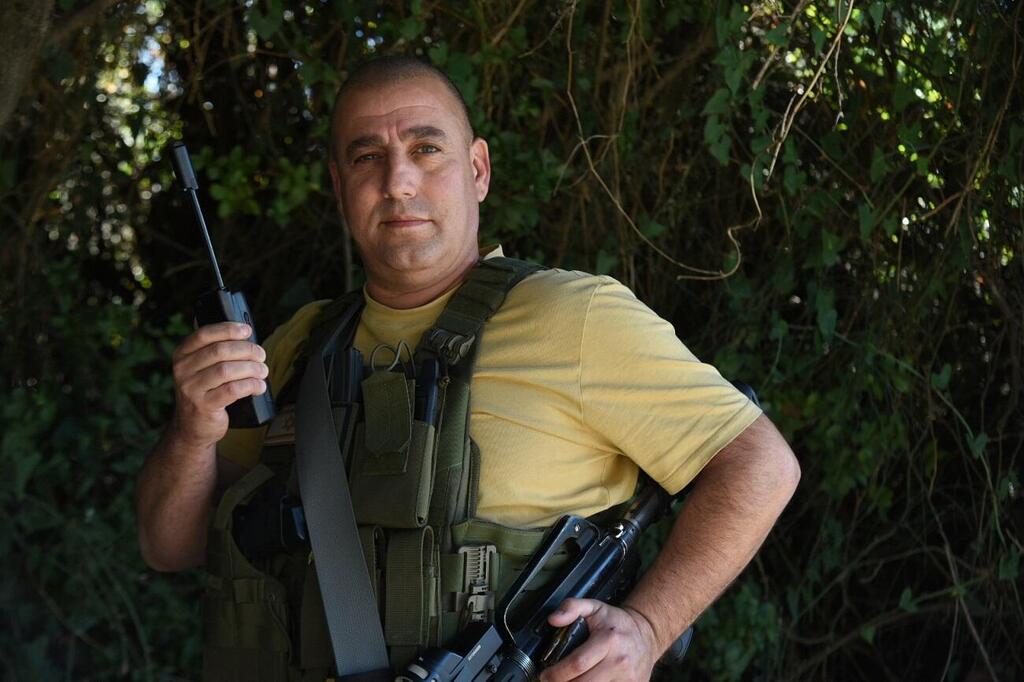

Merom HaGalil's security chief Guy Eyal with the new satellite phone
(Photo: Avihu Shapira)
Another company, Lynk Global, founded in 2017, recently started collaborating with cellular networks across the globe to send emergency text messages via its satellite network. By February 2020, the first text message was sent from a regular cellphone and, in July 2022, the company also conducted a smartphone voice call via satellite. Lynk Global means to initiate continuous global coverage using thousands of satellites by 2025.
Analysts believe this to be the first swallow of “convergence” to full connectivity between satellite and smartphones, smart-clocks, computers and further devices.
Jessica Rosenworcel, Chairwoman of the Federal Communications Commission (FCC) in the United States, recently noted that the merger of cellular and terrestrial devices will require regulation as “there are challenges with access to airwaves, frequencies that are not globally aligned, possibilities for interference that must be managed, and standards work that could help grow these capabilities.”
Bezos vs. Musk
A $5.5 billion Motorola investment in the 1990s Iridium project brought about the first communications satellites. The 25-year-old project has experienced a multitude of technological and financial difficulties and gone through several incarnations. 66 satellites were manufactured and launched into space in 1997-1998.
They were supposed to cover every spot on the planet. The company changed hands in the last decade and, in 2017-2019, launched into space 75 completely new-generation satellites. The devices distributed in the Gaza Envelope are connected to these satellites.
7 View gallery
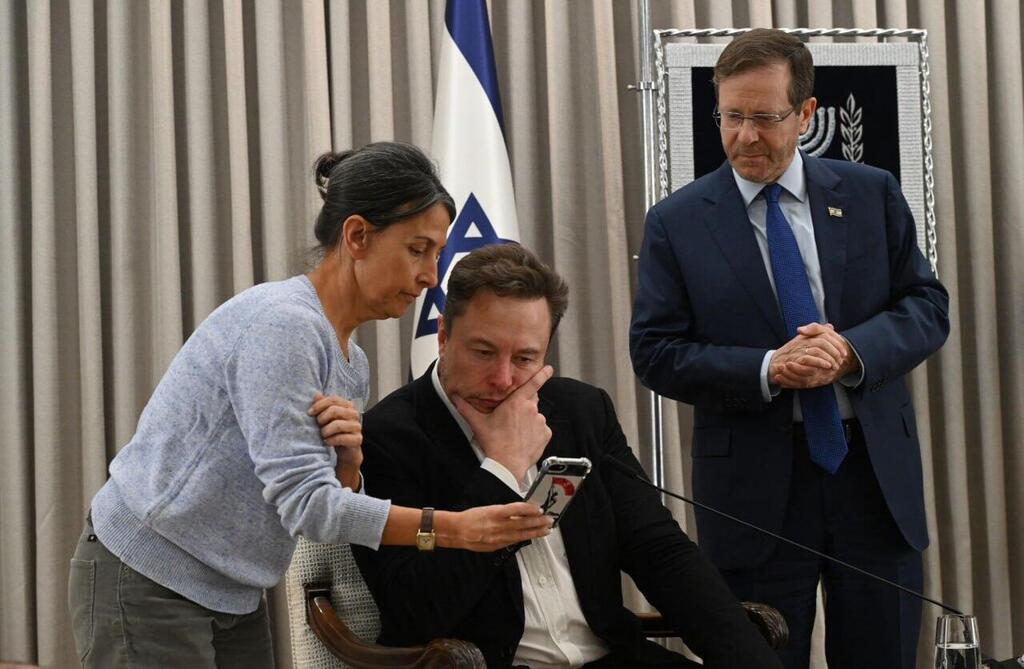

Elon Musk and President Isaac Herzog during his visit to Israel
(Photo: Haim Tzach, GPO)
Iridium and Starlink are not alone. There are several other companies in this global market offering satellite services for telephones, internet, or both.
Internet satellite for ships and planes is provided by a number of international companies, including Viasat that provides El Al with Wi-Fi in the sky and OneWeb, with billionaire Richard Branson (Virgin) on its board of directors. The market is estimated to generate revenues of $18.5 million by 2030, meaning competition is expected to be fierce.
An important breakthrough was recently announced by the tech giant, Amazon, which owns its satellite network called Kuiper. Last September, two satellites managed to communicate with one another, conveying data at a particularly high speed of 100 Gbps at a distance of 621 miles, using unique infrared laser-based technology.
Amazon reported that its personnel had conducted a video call via satellite and had managed to download a 4K resolution movie from Amazon Prime Video. Amazon’s first operational satellites are scheduled for launching in the first half of 2024 and the company aims to launch a total of 3,236 satellites in low orbit. For comparison: Elon Musk’s Smartlink already has 5,420 satellites and OneWeb, based on different technology than that of these two companies, means to launch only 648 satellites.
“You could say that Jeff Bezos and Elon Musk share the same dream” analyst John Strand said in an interview to TechNewsWorld. “The difference is that Elon Musk has already delivered what Jeff Bezos dreams of. Jeff Bezos has opened his first burger bar. Elon Musk owns McDonald’s.”
Connecting to Gaza
The cost of the Starlink venture, launched by Elon Musk in 2019 via SpaceX, is estimated at $10 billion. His endgame is reaching the fantastic number of 42,000 small satellites in space. Last year, after Russia’s invasion of Ukraine when the country’s communications networks were severely damaged, Musk offered Kiev thousands of Starlink terminals.
It quickly became apparent that this gift came with conditions: When Musk disapproved certain Ukrainian military actions, he simply disconnected the system. The service was soon transferred to the Pentagon.
Israel seems to be important to Starlink, at least for PR purposes. In March 2021, the company website stated that users in Israel would be able to enjoy the service by 2021. It’s just that for regular users, it’s not cost effective: In the United States, the current monthly rate is $99, not including calls, in addition to a one-time payment of $499 for the satellite reception equipment.
And, unlike the Ukrainian army, the IDF is doing just fine without hand-outs from controversial billionaires. That said, a year ago, Israel’s Communications Ministry requested the company’s services to ensure internet access in communities in case of emergency.
7 View gallery
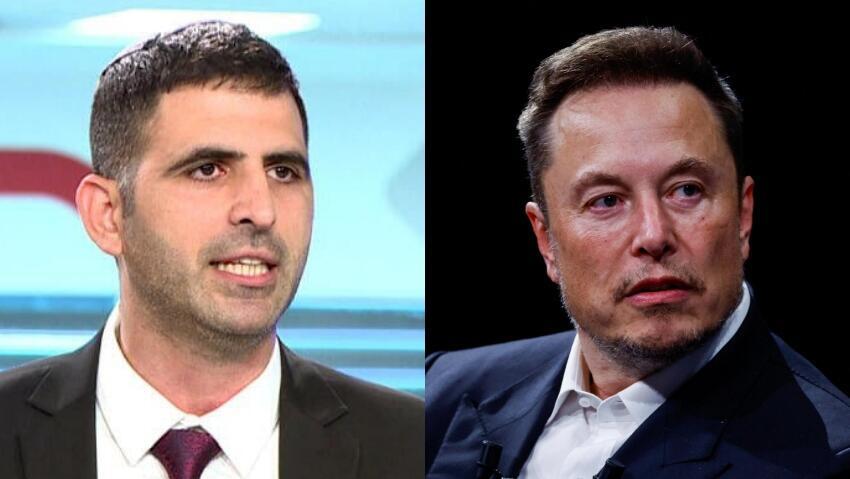

Communications Minister Shlomo Karhi, Elon Musk
(Photo: Tal Azulay, Gonzalo Fuentes / Reuters)
Negotiations ensued, everyone did their coordination – and on the eve of the war, Israel was about to put in an order for hundreds of devices. Then, Musk announced he would be donating Starlink devices to the citizens of Gaza.
Communications Minister, Shlomo Karhi hastily announced Israel would be severing ties, harshly reprimanding Musk.
But a few short days later, as the billionaire was about to visit Israel as a guest of Benjamin Netanyahu – the boss – the ministry made a new announcement about an “agreement in principle” with regard to operating Starlink satellite devices in both Israel and the Gaza Strip, but only following Israeli authorization. At the Communications Ministry, they say they’re still working on it.



